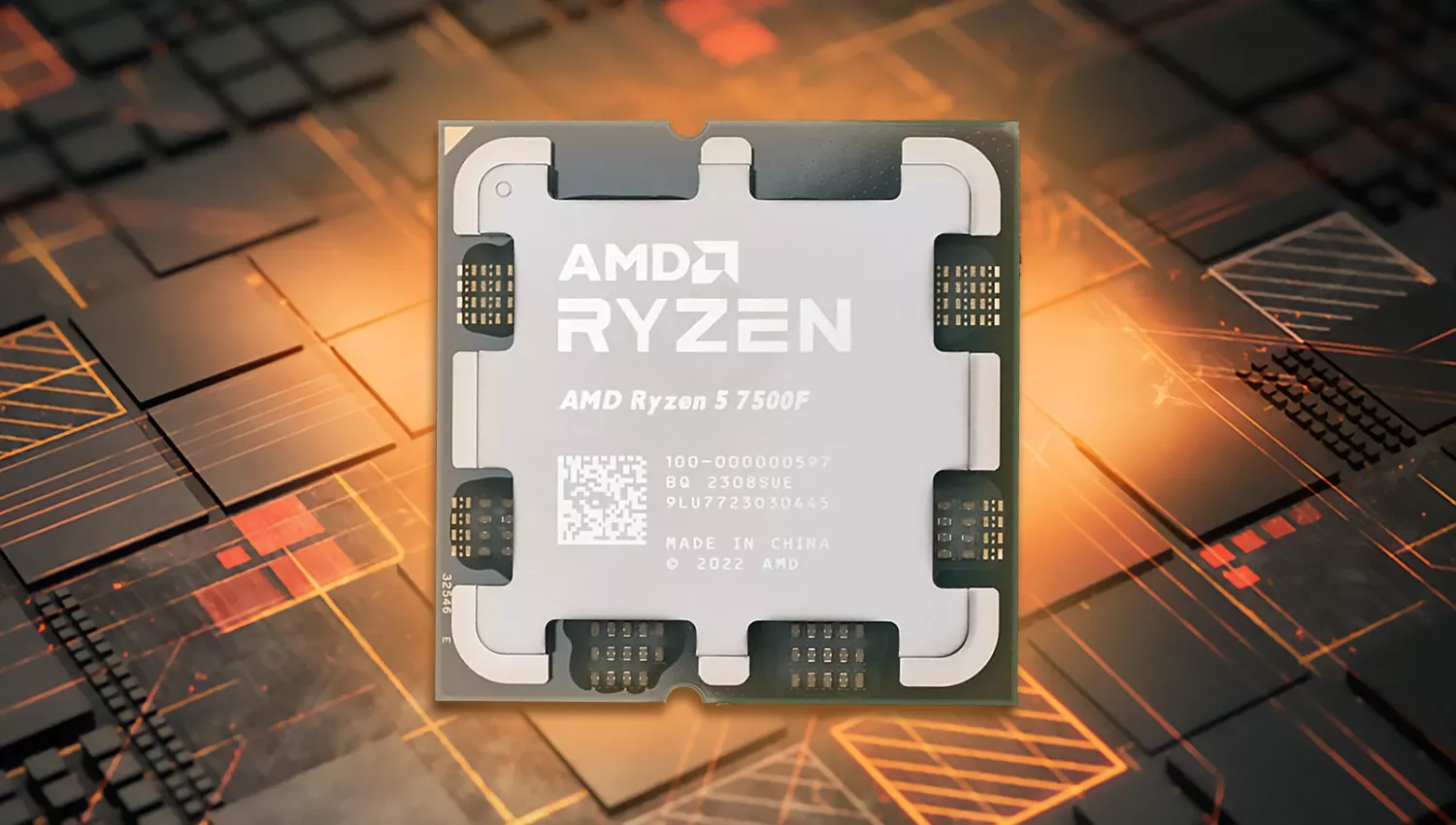As you mentioned the purpose of it was to lower power consumption, and that's exactly what hybrid CPU is useful for, especially on power constrained platforms. They're also great for packing as many cores into a limited space and thermal envelope as possible, which is great in highly threaded, but low compute intensity scenarios.There probably will be a few games that actually get some performance from E-cores. Majority of games probably ignore them unless Intel gives E-cores more cache and/or better memory performance. That hardly makes any sense.
However even considering CPU with E- and P-cores is simply waste. Why this kind of anomaly even exist is because Intel had to lower power consumption at any cost to be competitive vs AMD. Too bad, hybrid CPU is not good for anything useful. Not even for multithreading. Those who disagree feel free to show Intel server CPU with hybrid architecture. If servers are not for multithreading, then what is. Well, at least hybrid crap looks good on benchmarks if ignoring power consumption.
* No, it goes like this: if process is considered background process by Intel Thread Director, thread goes into E-cores. That makes absolutely no sense, of course.
You mentioned servers, which doesn't really lend itself well to the hybrid idea, but that doesn't impact how useful they are in the laptop and mobile space (the desktop space is more of a mixed bag and depends on what it is being used for). If I read the press releases right, Intel is shipping entirely P-core and entirely E-core Xeons, not a hybrid architecture because you would want one or the other based on what the server would be doing. Both make sense, depending on what you want to do with them.
